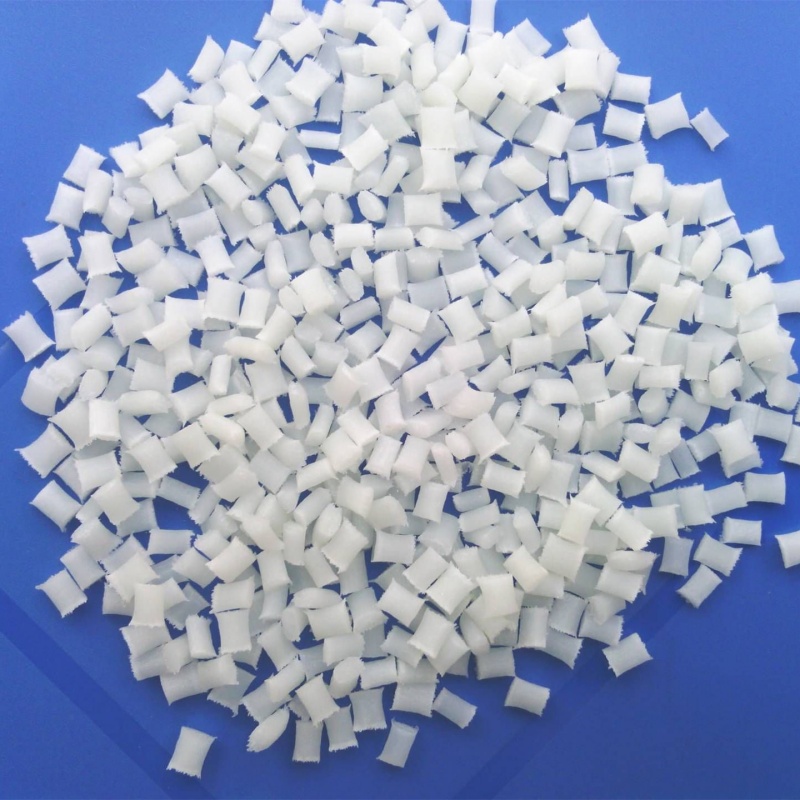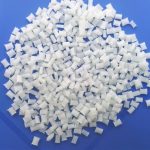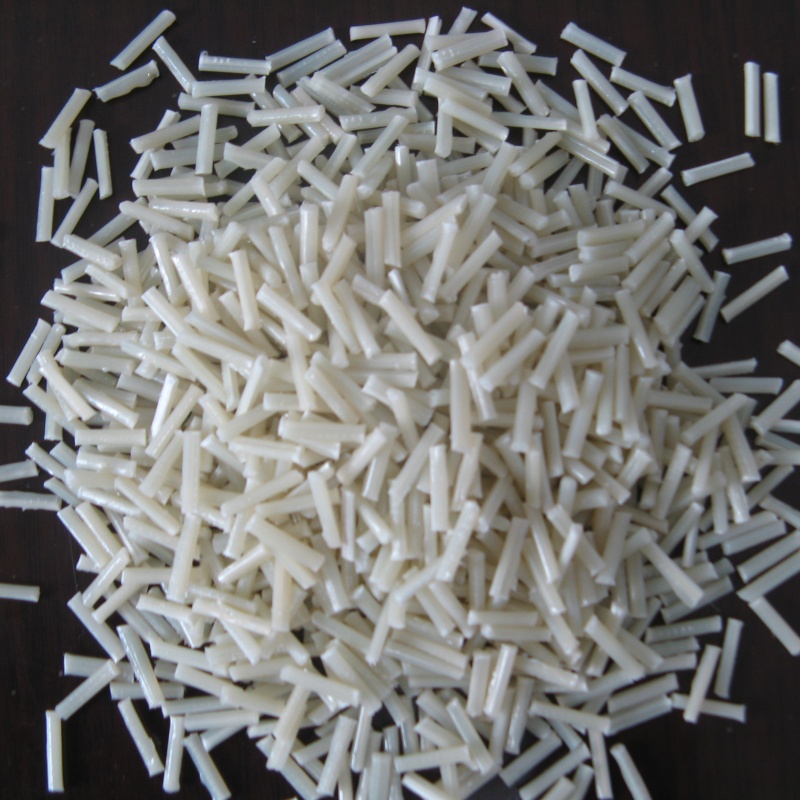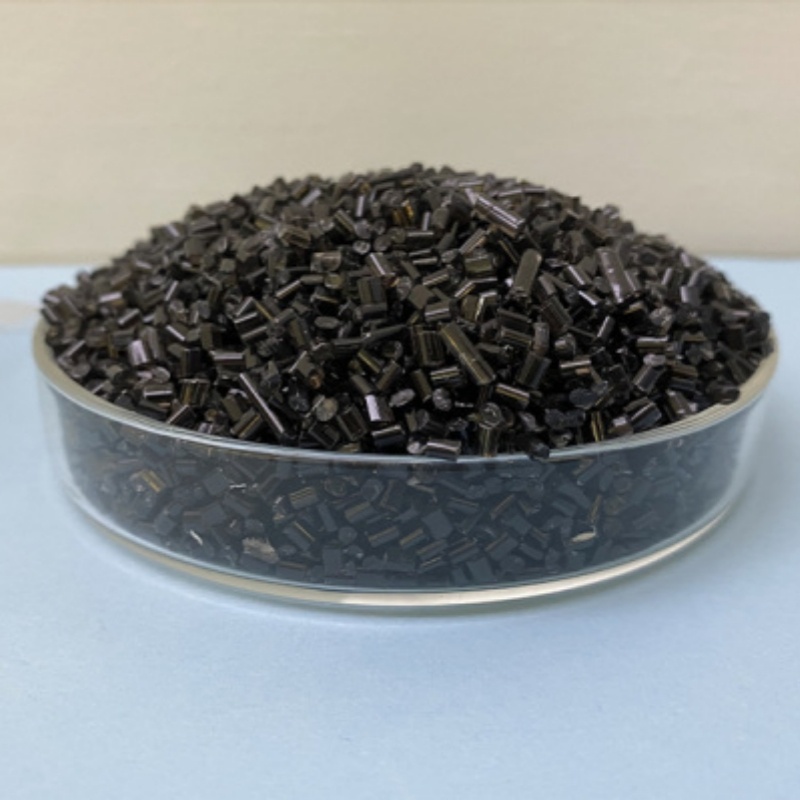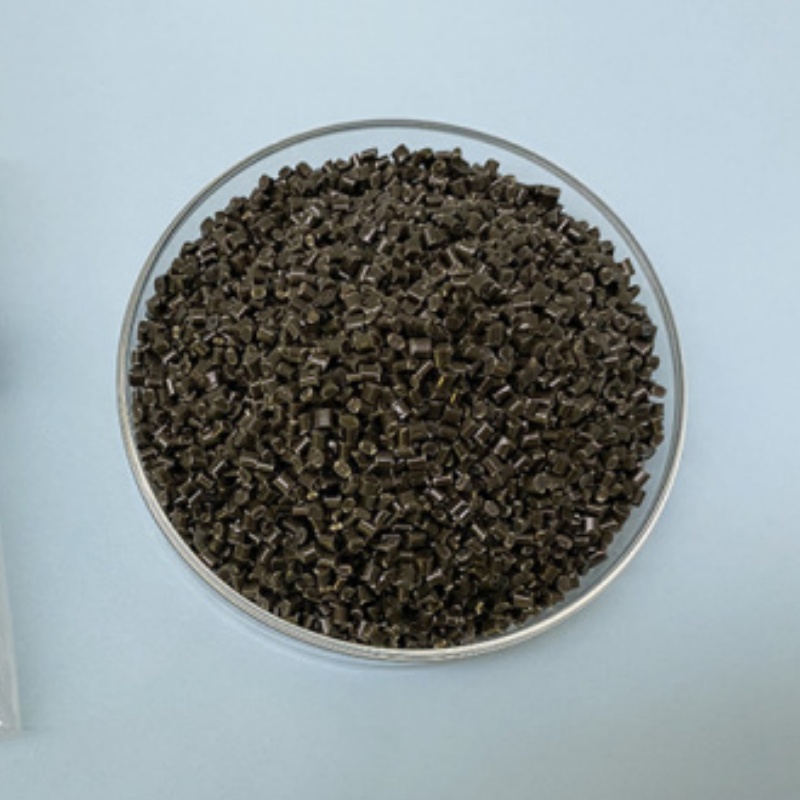PA6 + MD20 + 10GF (Mineral-Enhanced Glass Fiber Nylon Composite) provides optimized mechanical stability, enhanced impact resistance, and superior thermal durability. Designed for automotive components, industrial applications, and structural parts, it ensures reliable performance, lightweight efficiency, and high adaptability.
Product Overview
PA6 + MD20 + 10GF is a composite material made from polyamide 6 (Nylon 6), mineral filler MD20, and 10% glass fiber reinforcement. This material combines excellent thermal stability, superior dimensional stability, and a high-quality surface appearance. It is widely used in industries like automotive and machinery, where material performance requirements are high.
Key Features
- Thermal Stability: The material has exceptional heat resistance, allowing it to perform in high-temperature environments without deforming or losing functionality over time.
- Good Dimensional Stability: The addition of mineral filler improves the material’s dimensional stability, making it ideal for the production of precision components.
- Excellent Surface Appearance: The material offers a smooth and attractive surface, making it suitable for applications where appearance is important.
- High Strength and Rigidity: The glass fiber reinforcement increases the strength and rigidity of the composite, allowing it to perform well in high-load environments.
Applications
- Automotive Parts: Commonly used in the automotive industry for engine covers, exterior body parts, and interior components, offering high strength, heat resistance, and a high-quality surface finish.
- Mechanical Components: Suitable for manufacturing high-strength mechanical parts, such as drive components, brackets, and protective covers.
- Automotive Accessories: Used for parts like spoilers and fuse boxes, thanks to its excellent dimensional stability and surface aesthetics.
- Electrical and Electronic Equipment: Ideal for electrical housings, protective devices, and precision components, providing reliable mechanical strength and thermal stability.
| Test Properties | Unit | Test Method | Test Condition | Typical Value |
| Test Standards | ISO, UL, IEC, ASTM | |||
| Sample Handling | 23℃, 24h | |||
| Environment | 23℃, 50%RH | |||
| Physical Properties | ||||
| Density | g/cm³ | ISO 1183 | 1.36 | |
| Filler Content | % | ISO 1172 | GF10MD20 | |
| Mold Shrinkage | % | ISO 294 | Parallel: 0.3%, Vertical: 0.7% | |
| Mechanical Properties | ||||
| Tensile Strength | MPa | ISO 527 | Type I sample, 50mm/min | 120 |
| Elongation at Break | % | ISO 527 | Type I sample, 50mm/min, Gauge length 50mm | 2.5 |
| Flexural Strength | MPa | ISO 178 | 23℃, 10mm/min | 175 |
| Flexural Modulus | MPa | ISO 178 | 23℃, 10mm/min | 6000 |
| Izod Impact Strength (Notched) | KJ/m² | ISO 180 | 23℃ | 5 |
| Charpy Impact Strength (Unnotched) | KJ/m² | ISO 179 | 23℃ | 45 |
| Thermal Properties | ||||
| Melting Point | ℃ | ISO 11357-1 | 220 | |
| Heat Deflection Temperature (HDT) | ℃ | ISO 75 | 0.45MPa: 210℃, 1.8MPa: 190℃ | |
| Flammability | ||||
| UL Flammability Class | UL-94 | HB | ||
| Glow Wire Ignition Temperature (GWIT) | ℃ | IEC 60695-2-13 | - | |
| Electrical Properties | ||||
| Surface Resistivity | Ω | IEC60093 | 100000000000000 | |
| Volume Resistivity | Ω·cm | IEC60093 | 1000000000000000 |
 new material
new material

